Ancient Derry - the ritual year
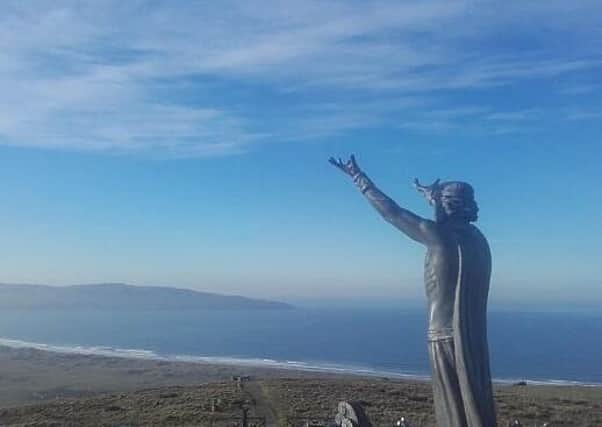

It dates back beyond the age of Columba of the 6th Century, and was famous for its Oakgrove, sacred to the pagan druids in their white robes.
From Doire it was possible to see the mountains of Donegal, home of the O’Donnells whose capital was at Aileach a little distance from the present day city, of complete Walls fame. The druids worshiped their pagan gods and looked south to Tara in the River Boyne valley with its many deities, seat of the High King or tribal emperor of Ireland. He ruled over about 250 different tuatha or kingdoms, including the Derry area. The High Kings would reach Derry as they toured their confederate realm.
Advertisement
Hide AdAdvertisement
Hide AdThe pastoralist and agragrian gods oversaw these ancient gaels, who had begun conquering Ireland about 1000BC. The population of Doire was only about 2,000, including the surrounding kingdom. There were two main divisions to the Celtic or Gaelic year.
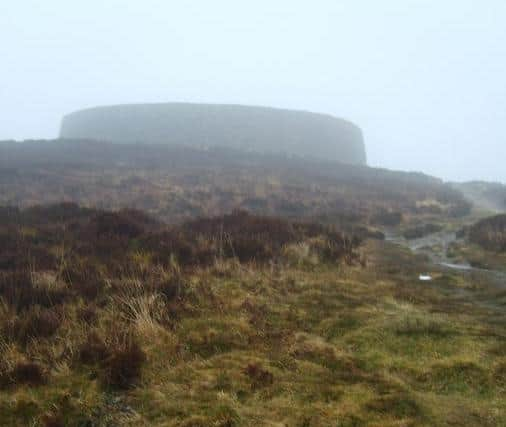

Samhain
The first season was marked by the festival of Samhain, which marked the start of the new year.
In terms of the modern calendar, Samhain was celebrated on the 1st of November, but the night before was the most significant.
In the Kingdom of Aileach, Samhain saw the end of one year and the start of another. It corresponded to the grazing season when the flocks and herds were brought in to the open fields of Doire from the Donegal mountains.
Advertisement
Hide AdAdvertisement
Hide Ad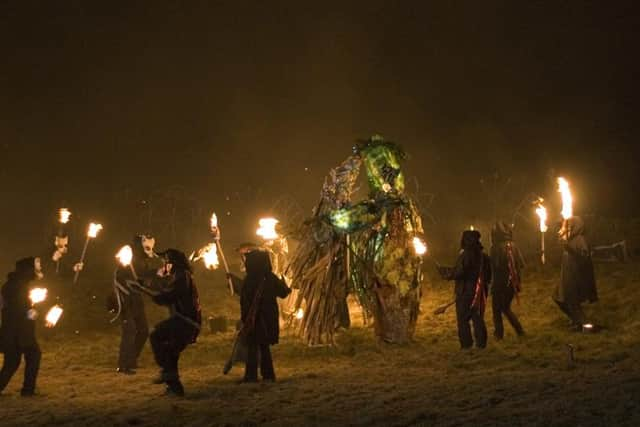

At the start of winter sacrifices were offered up to the gods and idols, but human sacrifice was not known in the kingdom, unlike in Britain and abroad in the Celtic ‘empire’.
The banks of the Foyle and estuary were lit up with bonfires in the dark nights as the Druids made the incantations.
Important about this festival was the union of the pagan goddess with Boann of the River Boyne valley, a nature god.
The people of Aileach and Donegal regarded the Dagda as a good god, not good in a moral sense, but as master of the arts and as protector of the Aileach empire.
Advertisement
Hide AdAdvertisement
Hide Ad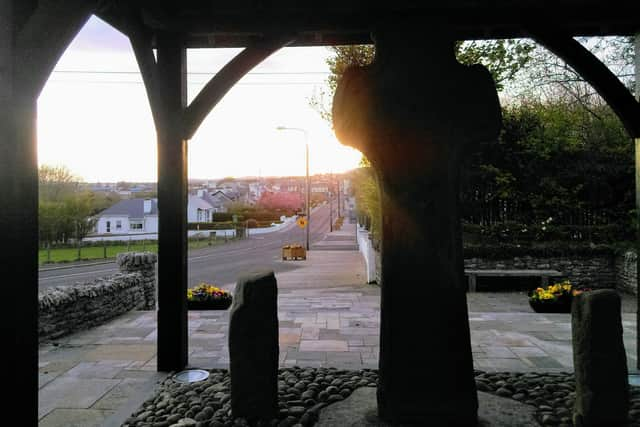

The Gaels of the Oakgrove worshiped the Queen of Demons, who was found when the Catholic Church reached the area.
On 31st October the supernatural world met with the world of reality (in our age known as Hallowe’en). The world at this time was overrun with magical forces.
Beltane
The second most important festival in Doire and Donegal was that on the 1st of May, the start off the warm season.
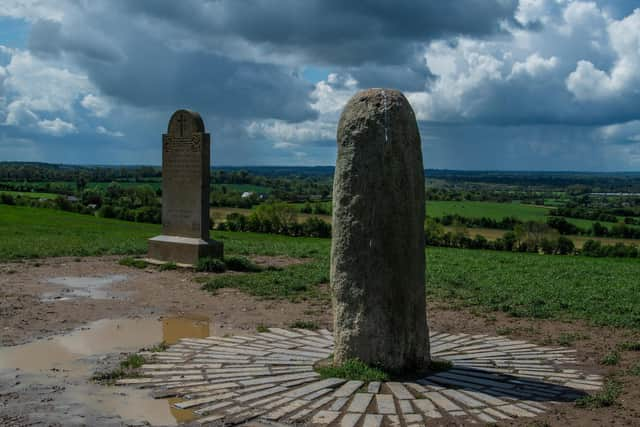

It was called Beltane and was associated with the god Belanus, and was also a pastoral and agrarian season when cattle were sent out to graze. Again, many bonfires were lit over Derry and the Donegal Mountains, a custom that survived well into Christian times.
Advertisement
Hide AdAdvertisement
Hide AdThe god Belanus was known in Italy and in south eastern France or Gaul.
Belanus appears to have been the oldest god associated with the pastoralist cycle.
Imbolc
The two other, lesser known festivals were Imbolc (February 1st) and Lughnasadh (August 1).
Of all these festivals, the least is known about Imbolc.
It was originally associated with the lactation of the ewes, and the Gaels or Milesians identified it with the feast of Brigit, or later St Bridget in the Christian Calendar, viewed as the daughter of a god, a potent fertility goddess who had power of healing and learning.
Advertisement
Hide AdAdvertisement
Hide AdThe name Bridget can be associated with the exalted one in Continental place names and inscriptions.
Imbolc for these early farmers was an important feast.
Lughnasadh
Lastly, we come to the festival of Lughnasadh, appearing to have been introduced to Ireland by late-coming settlers, and its date marked the beginning of autumn.
It corresponds to the ripening of the crops, and in the Christian calendar, when offerings were placed on the altars of churches that looked to Rome for leadership.
Lugh was portrayed in mythological tracts as a late-comer to gaelic divine beings.
Advertisement
Hide AdAdvertisement
Hide AdLugh is well known in France at Lyon after the Roman name Lugudumen, and it is also the name of many continental towns.
In the plains that surrounded the swift flowing Foyle, devotion to Lughnasadh was not to the god himself but a nature god.
We must rely upon future archeology to reveal that Lugh was brought into Eirinn by Gaulish settlers, perhaps in the first century B.C.
For the folk of Aileach, Lugh is portrayed as a young man showing the grosser characteristics of the Dagda.
Advertisement
Hide AdAdvertisement
Hide AdOf the many gods of the kingdom, Lugh identifies with the bright one, as patron of the arts, and is the hero of many legends in the life of Doire.
The same sun shines down upon Derry today as it did when its pagan name was Doire in ancient times; now the pupils of Derry’s schools learn about the ancient gods of the region, and when druidism went into decline with the missionary activities of the Catholic Church, starting in the 5th Century or before.
By Michael Sheane.
ABOUT THE AUTHOR
Michael Sheane is the author of several books on Irish history, most of which remain in print.
He was born in England in June 1947 and brought up on the Antrim Coast, where he lived until 1999 before moving to Antrim. He was educated at Larne Grammar School and at Orange’s Academy, Belfast and attended Trinity College, Dublin.
Advertisement
Hide AdAdvertisement
Hide AdSo far he has written and published 28 books on the history and politics of Northern Ireland.
His latest book is ‘Patrick, a Saint for All Seasons’.
He contributes widely to local press , radio and television on Ulster affairs.
His books published by Arthur H Stockwell Ltd. include ‘Ulster in the Viking Age’, ‘Ireland’s Holy Places’, ‘The Great Siege’, ‘The Twilight Pagans’, ‘Saint Patrick’s Missionary Journeys’, with his latest work, ‘The Problem of the Two Patricks’ is in preparation.
For more see www.ahstockwell.co.uk/history